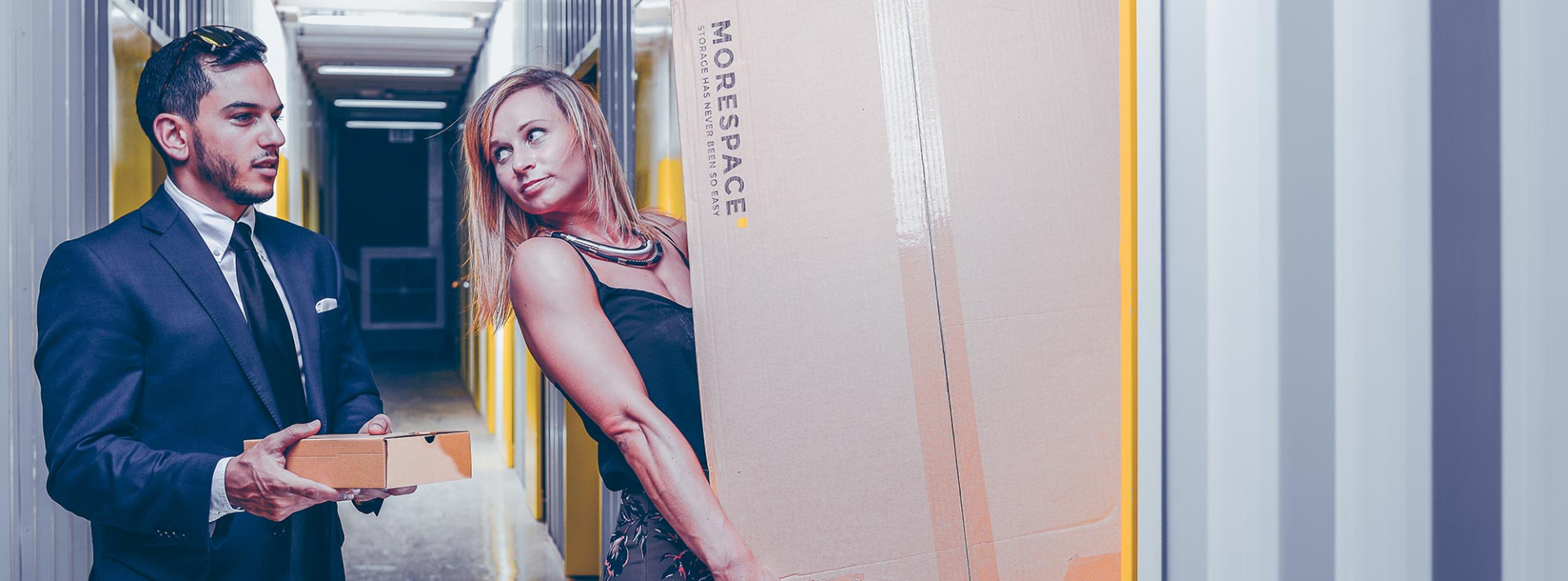
Owning antiques, art, heirlooms, and other collectibles come with the responsibility for the preservation of the item. Eventually, you may need to transport or store your precious antiquities. The storage experts at More Space have put together a few tips, precautions, and preparations to ensure the safety of your collection.
Prepare for Storage
Whether you are storing your collection at home or have invested in a self-storage unit, you must prepare your treasures for storage. Start by cleaning your pieces. We suggest using a clean, dry microfiber cloth or a soft dry paintbrush to remove any dust off of your piece.
Depending on the piece, you may also use wood polish to reduce scuffing and scratches. Additionally, metal polish to reduce rust. Just be sure to understand the fragile nature of your piece and act accordingly. The goal is to place your collection in its best condition before storing and moving it.
Use the Right Protective Covers
Never use plastic tarps to wrap your works of art. Wrapping in plastic will lock in any moisture, which can lead to mold. While plastic is ok for short transport, for more extended periods of time your pieces will need to breathe.
We recommend wrapping artwork in a soft cloth or acid-free paper to protect the surface. Bubble wrap and other protective wrapping materials help to prevent tears, scratches, rips, and markings on your items as you travel or while your collection sits in storage. Avoid using newspaper, as it can leave behind damaging residue and ink on the paint.
Separate Pieces and Stack Responsibly
Be sure to separate your works of art. We recommend using a crescent board to safely separate your pieces of art - especially when you are stacking them. This will ensure your artwork can breathe. Additionally, attach cardboard corners to your frames to prevent any damage during transit.
If you don’t have room to store things separately, stack your artwork together with a painting rack. This will help to keep your various works of art separated without taking up too much space. You can also add padding between pieces of art to reduce possible damage.
Routine Checkups
Making a routine checkup on your stored valuables will give peace of mind, especially for longer-term storage. Additionally, be sure to take detailed pictures of your antiques, artwork, and collections. Make note of the condition of each piece, mentioning any existing damage. Not only will this ensure your items return in the same condition you left them, but if you notice an issue, you can prevent further damage before it is too late.
Invest in a Self-Storage Unit
Investing in a self-storage unit is the best way to safely store your art and valuables for both short or long periods of time. You can even add S hooks to mount your artwork on the walls for optimal storage.
Be sure to ask if your unit is climate and humidity controlled. The optimal humidity levels in your self-storage should be 40-40%. Additionally, the temperature should remain between the optimal range of 21-24 degrees Celsius (70-75 degrees Fahrenheit). Failure to maintain climate control can result in damage to your art and valuables, to include paint chipping/cracking, discoloration, warping, and mold growth.
Are you interested in renting a self-storage unit? Contact the team at More Space to learn more about our heat controlled, climate controlled, safe and secure storage units.
See All Articles